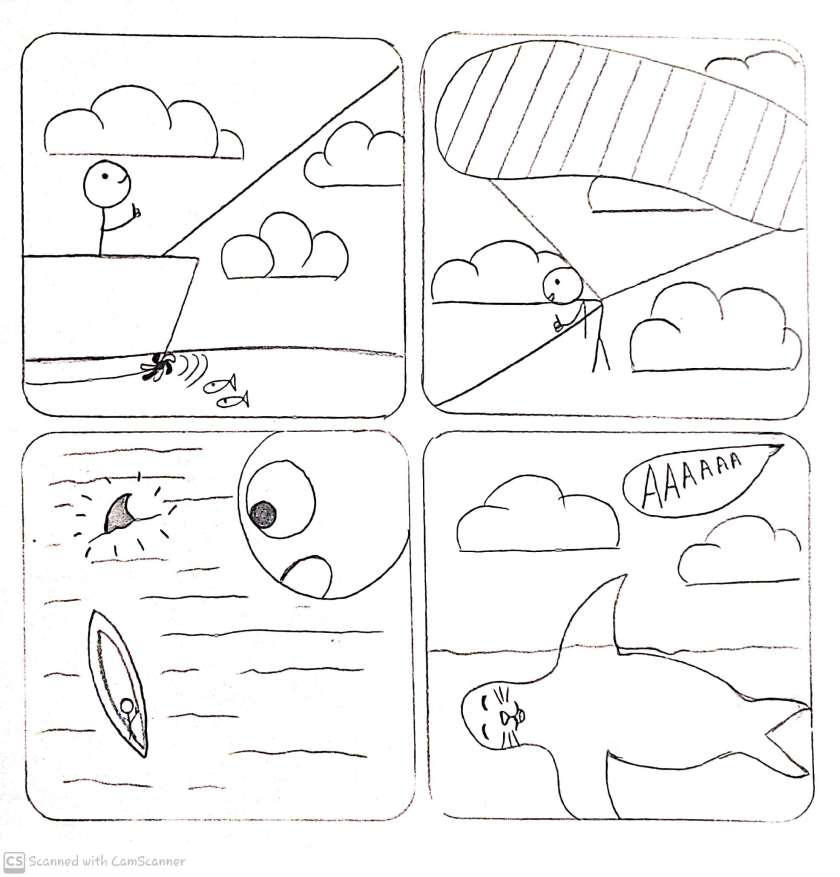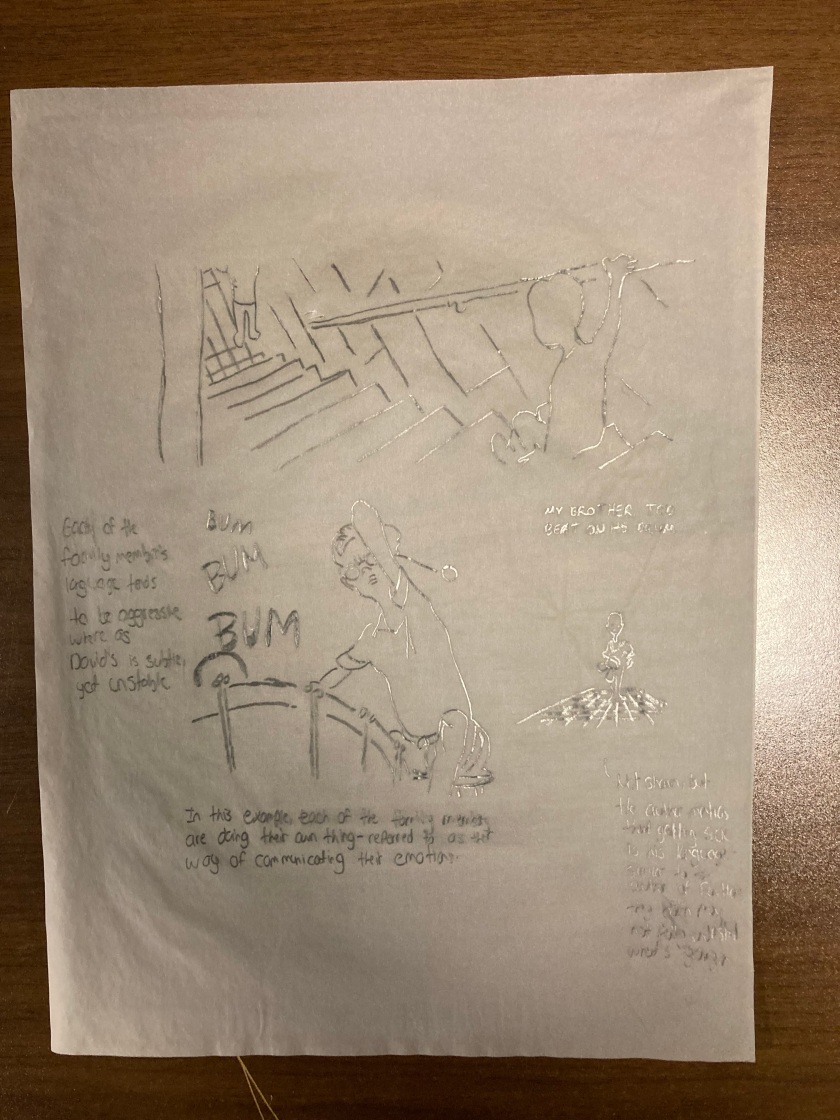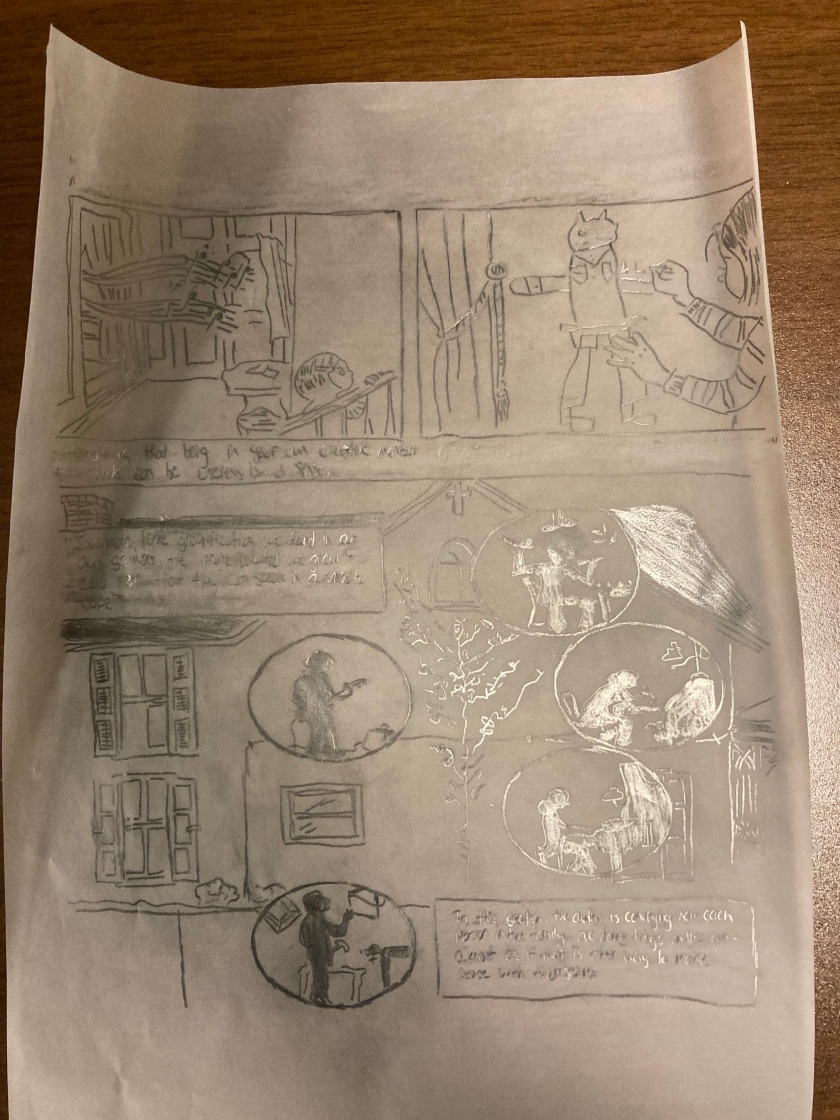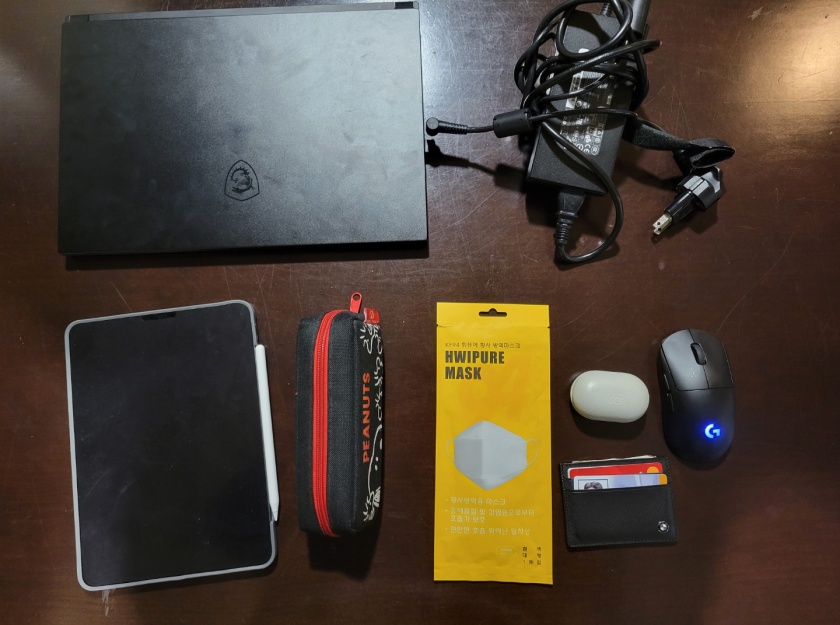In many graphic memoirs, the author has a certain idea that carries on with the comic, or leaves the audience in a state of wondering “why did the author choose to include that ?’ Graphic memoirs that incorporate this element well are Fun Home, a graphic memoir written by Alison Bechdal who gives a recount on her life as well as her dad’s past trauma and how that instance had an impact on the author’s family; and Stitches, a graphic memoir written by David Smalls who explains his childhood trauma and how it was dealt over time. Both these graphic memoirs convey a sense of trauma within the family which leaves the protagonists to be in a cycle of distraught or misunderstood: not knowing why certain actions can have a serious impact. Although they are two completely different graphic memoirs with different stories, they both convey a similar aspect that was alluded to as the graphic memoirs progressed.
Out of all the pages in the graphic memoirs, the two main pages that will be analyzed are pages fifteen through eighteen of Stitches, and page one hundred and thirty-four of Fun Home. On the pages mentioned for Stitches, we get an in depth look at the “language” of each member of the family. For instance, David’s mother’s language would be slamming cabinets, David’s father’s language would be punching the boxing speed ball, and Ted would beat on his drums. The strange thing with these actions is that they tend to be in an aggressive state, consisting of alamming or banging on things. In the case of David, however, he mentions that his language is being sick, as that was what he endured throughout his childhood. What the author is trying to convey is a sense of differenceness between him and his family, and how these certain actions helped deal with certain issues they were facing cumulatively.
In Fun Home, the page that was analyzed was one hundred and thirty-four, the author draws out an image in which each family member is enjoying their own creative mind state throughout the house. For instance, the father is playing and fixing his collection of toy airplanes, the mother is playing piano, and the older sister is playing the guitar. Although they each are being in their own creative space, it can still be dissenting. For example, the author mentions how the more they dwelled into their creative state of mind, the more isolated they will be. This helps convey the idea that the actions they perform can lead to a detrimental effect in the family in the long run.
Both Fun Home and Stitches portray their family in a manner of interacting with oneself and how it correlates with the overall theme of each graphic memoir. Although the emotions may differ in Stitches, than that in Fun Home, they both help interpret their family as not being able to express their intended feelings. Their only way of communicating and maintaining a sense of stability was taking it out on what they were known to do. They expressed what they wanted to express through the actions that were conveyed to each member of the family.
Although both graphic memoirs narrate a story unique in their own, they both share a similarity in expressing their feelings through actions, and this can lead them to a sense of stability, but these actions can have detrimental effects therefore leading to a cycle of distraught or misunderstood.







